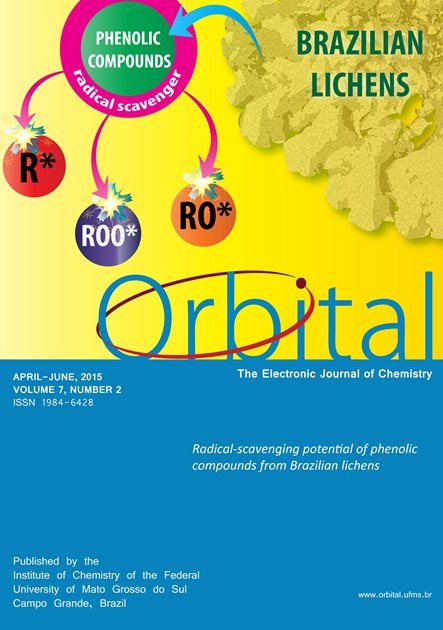Application Self-organizing Map Type in a Study of the Profile of Gasoline C Commercialized in the Eastern and Northern Parana Regions
- gasoline,
- weight map,
- topological map,
- neural network
Copyright (c) 2015 Orbital: The Electronic Journal of Chemistry

This work is licensed under a Creative Commons Attribution-NonCommercial-NoDerivatives 4.0 International License.
Abstract
Artificial neural networks self-organizing map type (SOM) was used to classify samples of automotive gasoline C marketed in the eastern and northern regions of the state of Paraná, Brazil. The input order of parameters in the network were the values of temperature of the first drop, the 10, 50 and 90% distilled bulk, the final boiling point, density, residue content and alcohol content. A network with a topology of 25x25 and 5000 training epochs was used. The weight maps of input parameters for the trained network identified that the most important parameters for classifying samples were the temperature of the first drop and the temperature of the 10% and 50% of the distilled fuel.

